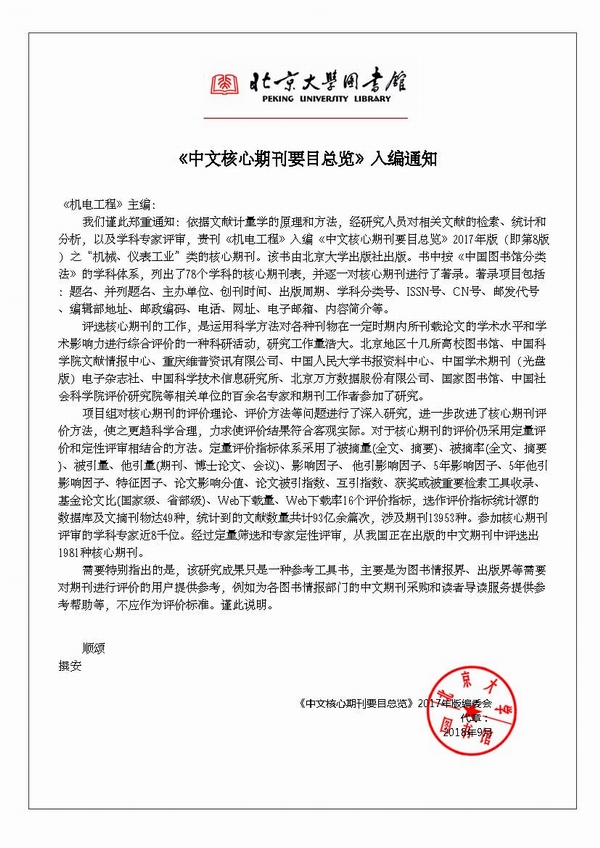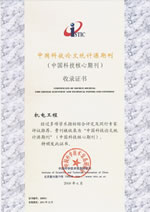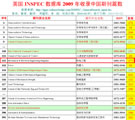
Founded in 1971 >
Chinese Sci-tech Core Periodicals >
British Science Abstracts (SA, INSPEC) Indexed Journals >
United States, Cambridge Scientific Abstract: Technology (CSA: T) Indexed Journals >
United States, Ulrich's Periodicals Directory(UPD)Indexed Journals >
United States, Cambridge Scientific Abstract: Natural Science (CSA: NS) Indexed Journals >
Poland ,Index of Copernicus(IC) Indexed Journals >
International Standard Serial Number:
ISSN 1001-4551
Sponsor:
Zhejiang University;
Zhejiang Machinery and Electrical Group
Edited by:
Editorial of Journal of Mechanical & Electrical Engineering
Chief Editor:
ZHAO Qun
Vice Chief Editor:
TANG ren-zhong,
LUO Xiang-yang
Tel:
86-571-87041360,87239525
Fax:
86-571-87239571
Add:
No.9 Gaoguannong,Daxue Road,Hangzhou,China
P.C:
310009
E-mail:
meem_contribute@163.com
Abstract: In the fault diagnosis of wind turbine rolling bearing, the information provided by a single sensor is limited. To solve this problem, in order to extract the multi-scale features of the input original signal to ensure the validity and integrity of the fault information, and to improve the efficiency and effectiveness of information fusion, a fault diagnosis method for wind turbine rolling bearings based on multi-source information fusion attention mechanism convolutional neural network (MSIF-ACNN) was proposed. Firstly, a fusion convolution method combining ordinary convolution and dilated convolution was proposed to extract multi-scale features from the original time-domain signal. Then, a two-layer channel and a spatial attention mechanism were adaptively used to calibrate and assign weights to different channel data. The multi-source information features output from the attention mechanism was fused. Finally, in order to verify the effectiveness of the multisource information fusion method, the classification method composed of full connection layer and classification layer was used to verify the actual bearing data of wind turbines. The experimental results show that there are huge differences in the sensitivity of sensors with different locations and different orientations for different rolling bearing faults. However, MSIF-ACNN effectively exploits this difference from these sensors and achieves complementarity between multisource information features. The MSIF-ACNN model achieves an accuracy of 96.7%, and its effect is better than other multi-source information diagnosis models. The proposed method promotes the application of information fusion in the field of wind turbine rolling bearing fault diagnosis.
Key words: wind turbine; rolling bearing; multi-scale features extraction; fault information integrity; multi-source information fusion(MSIF); attention mechanism convolutional neural network(ACNN)








